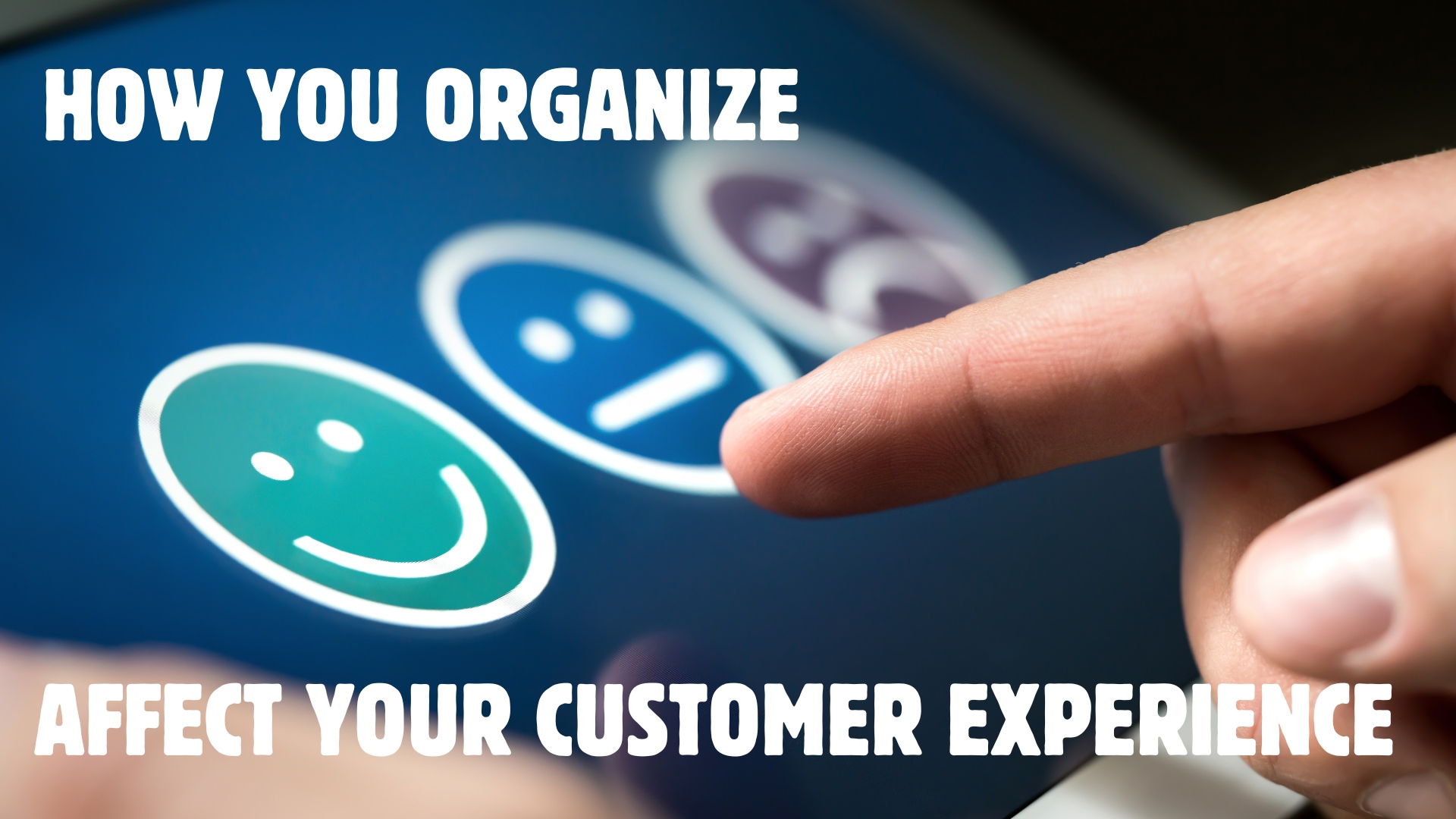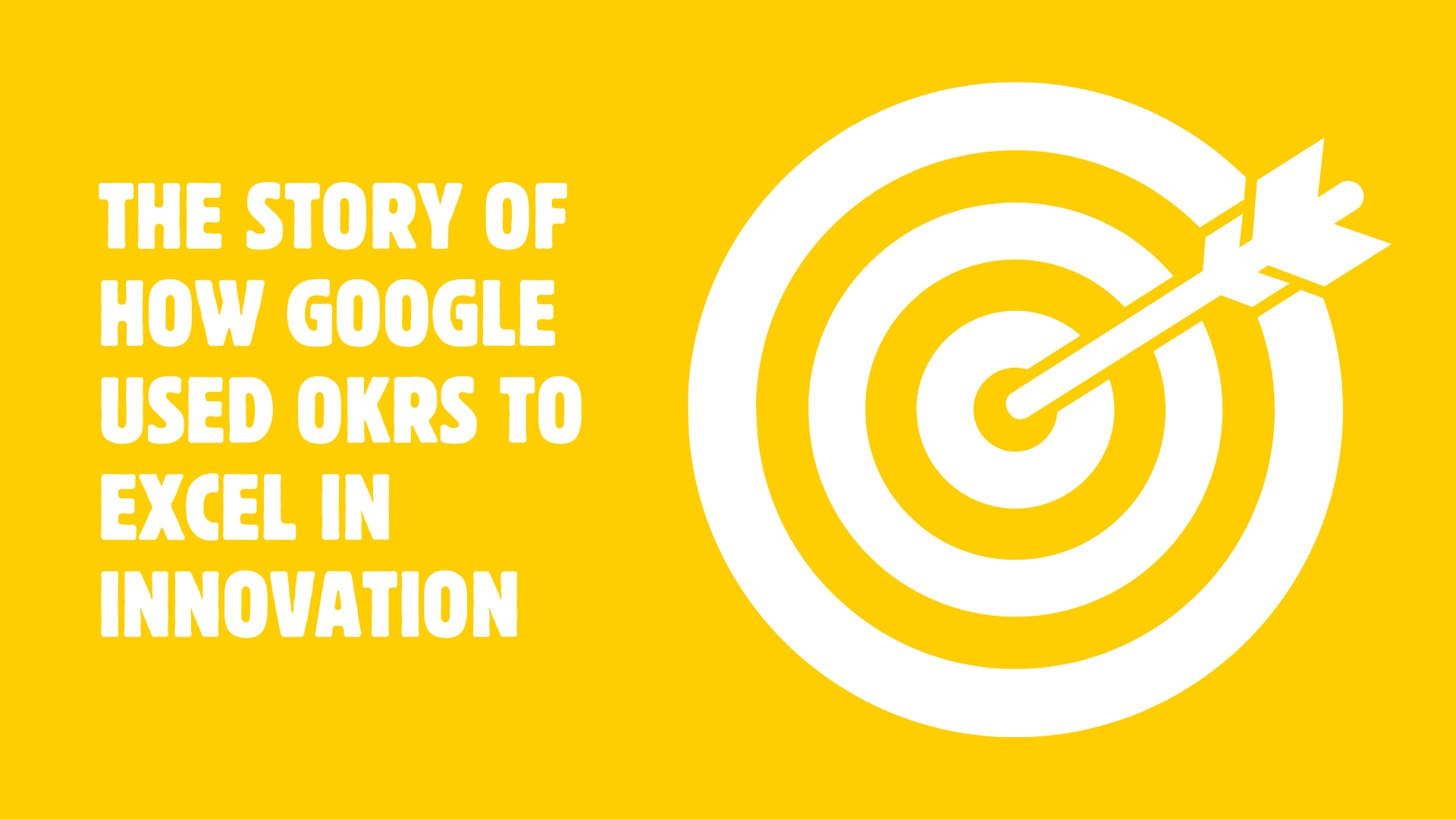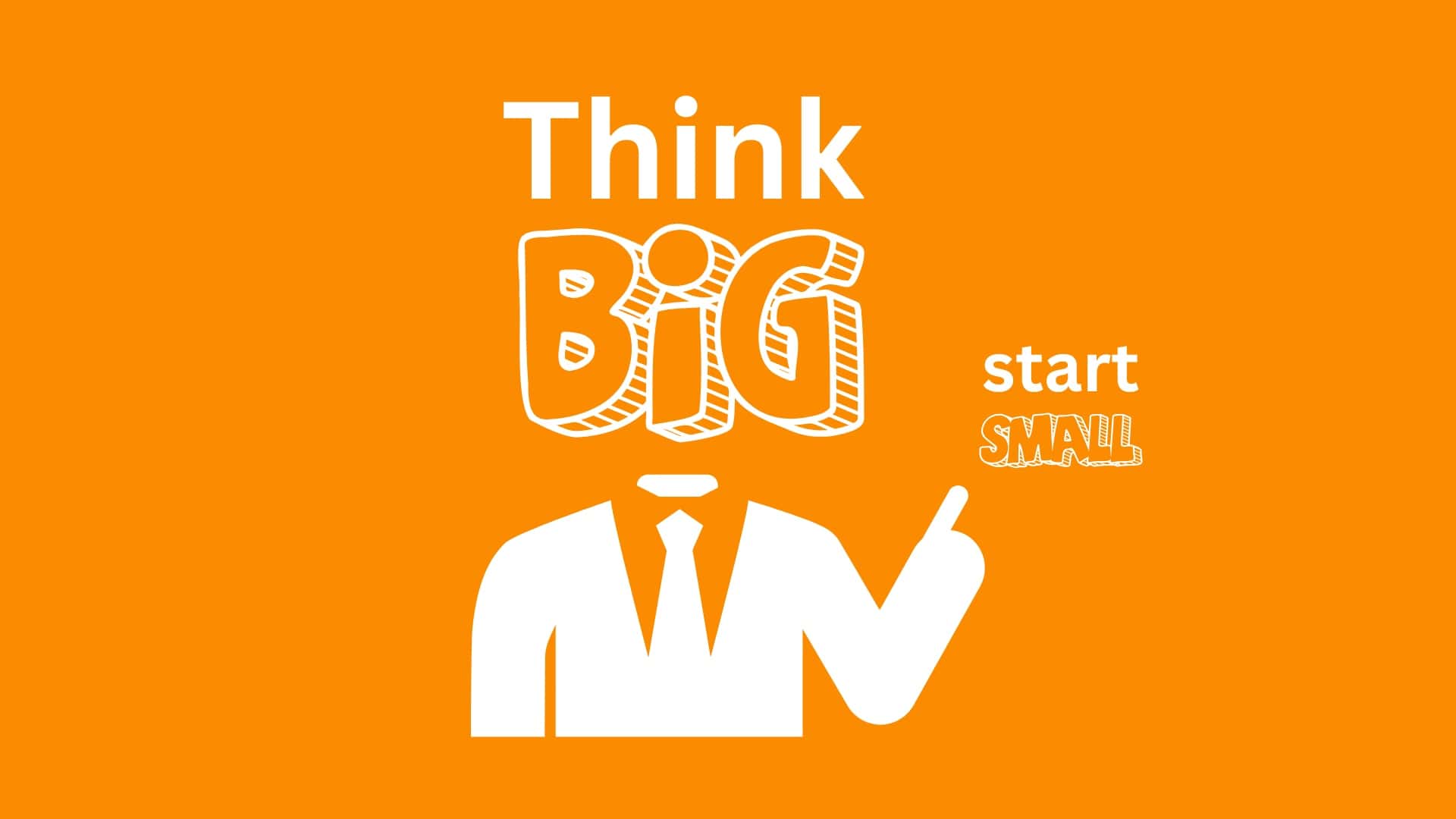
A launch that fell flat
Summary: The Launch That Fell Flat’ explores the costly mistakes of Payment Anonymous when launching its new invoicing solution. Despite a massive marketing push, the product failed because the company built it without truly understanding their customers. In contrast, Klarna succeeded by focusing on the customer journey, iterating based on real needs, and creating demand before scaling. This article highlights the critical lesson: successful businesses don’t just launch products, they connect their solutions to the customer journey by building ecosystems that naturally guide customers toward adoption, long-term engagement and ambassadorship.










